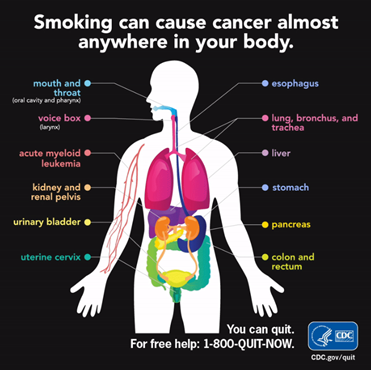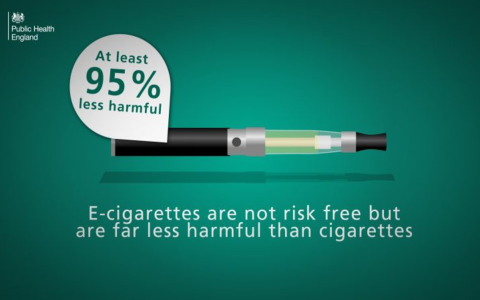Secondhand exposure to e-cigarette aerosol poses significant health risks to bystanders. While differing from traditional cigarette smoke, the inhaled vapor contains harmful substances released into the air.
Toxic Components in Exhaled Aerosol
Bystanders breathe in an aerosol mixture containing:

- Ultrafine Particles: Can penetrate deep into lungs, causing inflammation and exacerbating respiratory conditions like asthma.
- Nicotine: Absorbed through the lungs, potentially affecting cardiovascular health and brain development in children/adolescents.
- Volatile Organic Compounds (VOCs): Includes carcinogens like formaldehyde and acetaldehyde, formed when e-liquid overheats.
- Heavy Metals: Such as nickel, tin, and lead, shed from device heating coils.
- Flavoring Chemicals: Some compounds (e.g., diacetyl) are linked to severe lung disease when inhaled.
Established Health Impacts on Bystanders
Regular exposure can lead to:
- Respiratory Irritation: Immediate symptoms include coughing, throat soreness, and shortness of breath.
- Worsened Asthma & Lung Function: Increased frequency and severity of asthma attacks; reduced lung capacity.
- Cardiovascular Stress: Nicotine and particles elevate heart rate and blood pressure, increasing heart disease risk over time.
- Developmental Risks: Prenatal exposure may harm fetal development; nicotine impacts adolescent brain maturation.
Vulnerable Populations
Children, pregnant women, elderly individuals, and those with pre-existing heart or lung diseases face heightened risks from even low-level, intermittent exposure.
Critical Conclusion: There is no risk-free level of secondhand aerosol exposure. To protect public health, vaping indoors and in enclosed public spaces should be avoided, similar to tobacco smoke restrictions.










